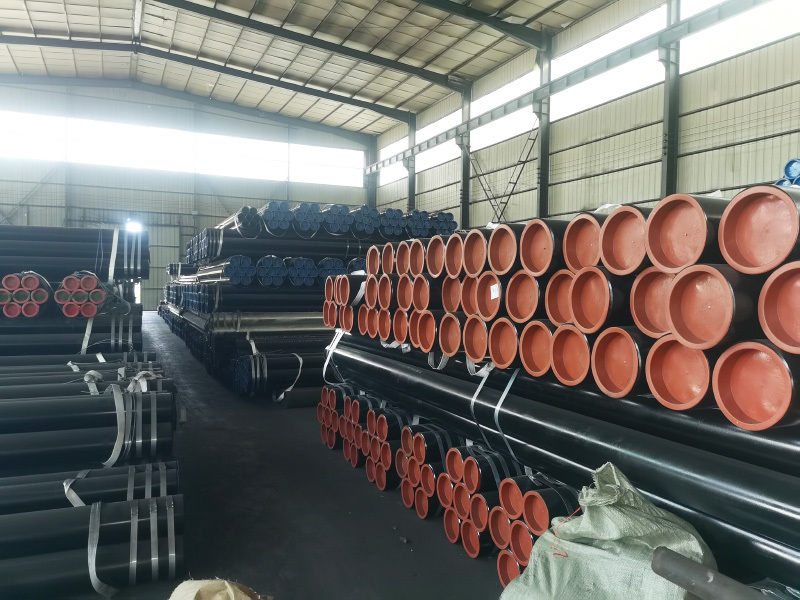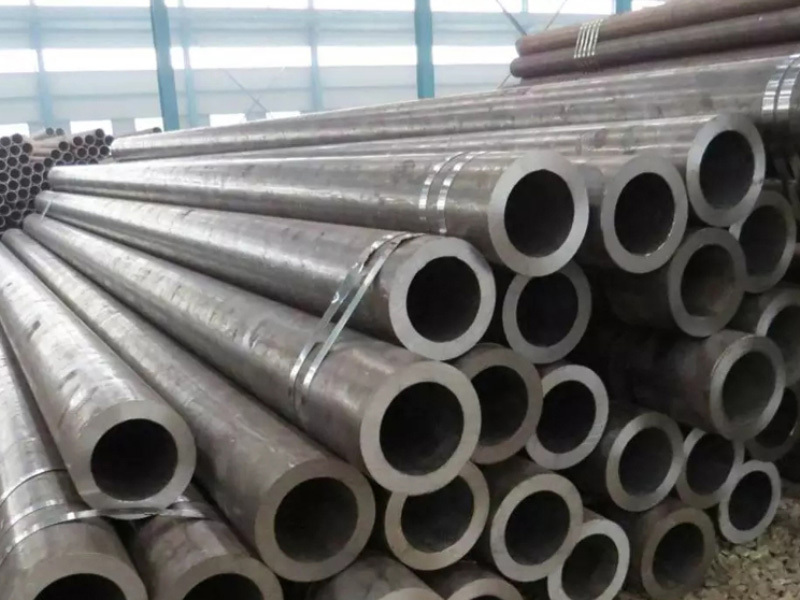Leading Smls Pipe and fittings supplier from China since 1991
Understanding the Benefits of Raised Face Flanges in Construction: A Comprehensive Guide
Understanding the Benefits of Raised Face Flanges in Construction Table of Contents 1. What Are Raised Face Flanges? 2. Key Features of Raised Face Flanges 2.1 Design Specifications 2.2 Material Composition 3. Advantages of Using Raised Face Flanges 3.1 Enhanced Sealing Performance 3.2 Improved Structural Integrity 3.3 Compatibility with Various Piping Systems 4. Applications of Raised Face Flange
Aug 02,2025

Understanding the Benefits of Raised Face Flanges in Construction
Table of Contents
1. What Are Raised Face Flanges?
2. Key Features of Raised Face Flanges
2.1 Design Specifications
2.2 Material Composition
3. Advantages of Using Raised Face Flanges
3.1 Enhanced Sealing Performance
3.2 Improved Structural Integrity
3.3 Compatibility with Various Piping Systems
4. Applications of Raised Face Flanges in Construction
4.1 Industrial Applications
4.2 Commercial Applications
5. Installation of Raised Face Flanges
5.1 Preparation and Alignment
5.2 Tightening Procedures
6. Maintenance Tips for Raised Face Flanges
6.1 Regular Inspection
6.2 Cleaning Protocols
7. Frequently Asked Questions
8. Conclusion
1. What Are Raised Face Flanges?
Raised face flanges are a critical component in piping systems, providing a reliable connection between pipes and valves. These flanges feature a raised area around the bolt holes that enhances the sealing surface for gaskets. This design is particularly beneficial in high-pressure applications, where effective sealing is paramount.
2. Key Features of Raised Face Flanges
2.1 Design Specifications
Raised face flanges are typically manufactured in various sizes and pressure ratings. The raised face height usually measures 1/16 inch for standard flanges, but this can vary according to specific industry standards. The precise dimensions and tolerances are crucial as they dictate the flange's compatibility with different systems.
2.2 Material Composition
These flanges can be made from various materials, including carbon steel, stainless steel, and alloy metals. The choice of material greatly affects the flange's performance, corrosion resistance, and overall durability. For instance, stainless steel raised face flanges are highly resistant to corrosion, making them ideal for chemical processing environments.
3. Advantages of Using Raised Face Flanges
3.1 Enhanced Sealing Performance
The primary advantage of raised face flanges is their superior sealing capability. The raised section provides a larger contact area for the gasket, which helps to create a tighter seal. This is especially important in applications where leaks can lead to significant safety hazards or costly downtime.
3.2 Improved Structural Integrity
Raised face flanges contribute to the overall structural integrity of piping systems. Their design ensures that the load is distributed evenly, reducing the risk of deformation and failure. This characteristic is crucial in high-pressure applications where the forces acting on the flanges can be substantial.
3.3 Compatibility with Various Piping Systems
Another significant benefit of raised face flanges is their versatility. They can be used across a wide range of piping systems, including water, oil, gas, and steam. This adaptability makes them a preferred choice for engineers and construction professionals seeking reliable connections.
4. Applications of Raised Face Flanges in Construction
4.1 Industrial Applications
Raised face flanges are widely used in industrial settings, including manufacturing plants, refineries, and chemical processing facilities. Their ability to withstand harsh environments and high pressures makes them indispensable in these applications.
4.2 Commercial Applications
In commercial construction, raised face flanges are integral to HVAC systems, plumbing installations, and fire suppression systems. Their reliability and ease of installation make them a go-to choice for contractors and builders.
5. Installation of Raised Face Flanges
5.1 Preparation and Alignment
Proper installation of raised face flanges begins with careful preparation. This includes ensuring that the flange surfaces are clean and free of any debris. Accurate alignment is also crucial; misalignment can lead to improper sealing and potential leaks.
5.2 Tightening Procedures
Once aligned, the flanges should be tightened according to the specifications provided by the manufacturer. A star pattern is typically recommended to evenly distribute the load and pressure around the flange. This method reduces the risk of warping and ensures a secure fit.
6. Maintenance Tips for Raised Face Flanges
6.1 Regular Inspection
Regular inspections are essential to maintain the integrity of raised face flanges. Inspections should include checking for signs of corrosion, wear, or damage. Early detection of issues can prevent costly repairs and downtime.
6.2 Cleaning Protocols
Cleaning raised face flanges regularly is critical to ensure optimal performance. A non-abrasive cleaner should be used to remove any deposits that might affect the sealing surface. Proper cleaning helps maintain the flange's functionality over time.
7. Frequently Asked Questions
What is the difference between raised face flanges and flat face flanges?
Raised face flanges have a raised surface around the bolt holes for enhanced sealing, while flat face flanges have a flat sealing surface. The choice between the two often depends on the application and the operating conditions.
How do I choose the right material for raised face flanges?
The right material depends on the application's specific requirements, such as temperature, pressure, and the nature of the fluids being transported. Stainless steel is typically chosen for corrosive environments, while carbon steel may be suitable for standard applications.
Can raised face flanges be reused?
While raised face flanges can be reused, it is essential to inspect them thoroughly for any signs of damage or wear. Gaskets should also be replaced to ensure a proper seal.
What standards apply to raised face flanges?
Various standards govern the design and manufacturing of raised face flanges, including ANSI B16.5 and ASME B16.47. These standards specify dimensions, pressure ratings, and material specifications.
How can I improve the lifespan of raised face flanges?
Regular maintenance, including inspections and cleaning, is vital to prolonging the lifespan of raised face flanges. Additionally, using the correct gaskets and installation practices can prevent premature failure.
8. Conclusion
Raised face flanges play a crucial role in ensuring the safety and efficiency of construction and piping systems. Their enhanced sealing capabilities, structural integrity, and versatility make them indispensable across various applications. By understanding their benefits, installation practices, and maintenance requirements, engineers and construction professionals can make informed decisions that enhance project outcomes. Embracing the advantages of raised face flanges not only contributes to the longevity of piping systems but also ensures compliance with safety standards, making them a smart choice for any construction project.
Hot Tags:






